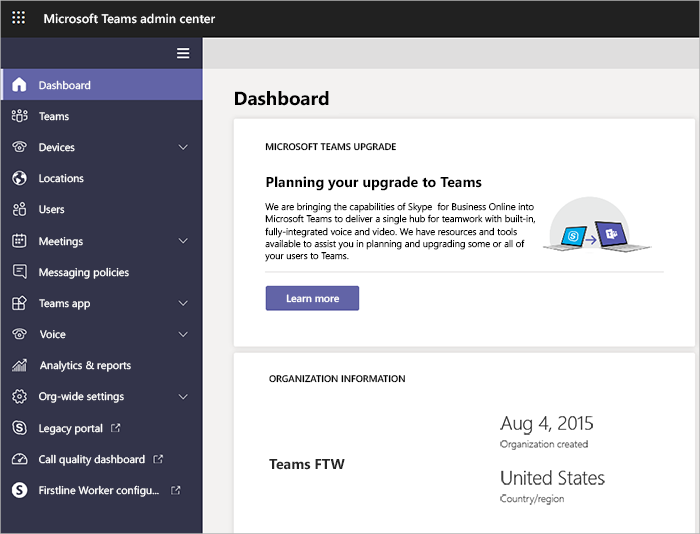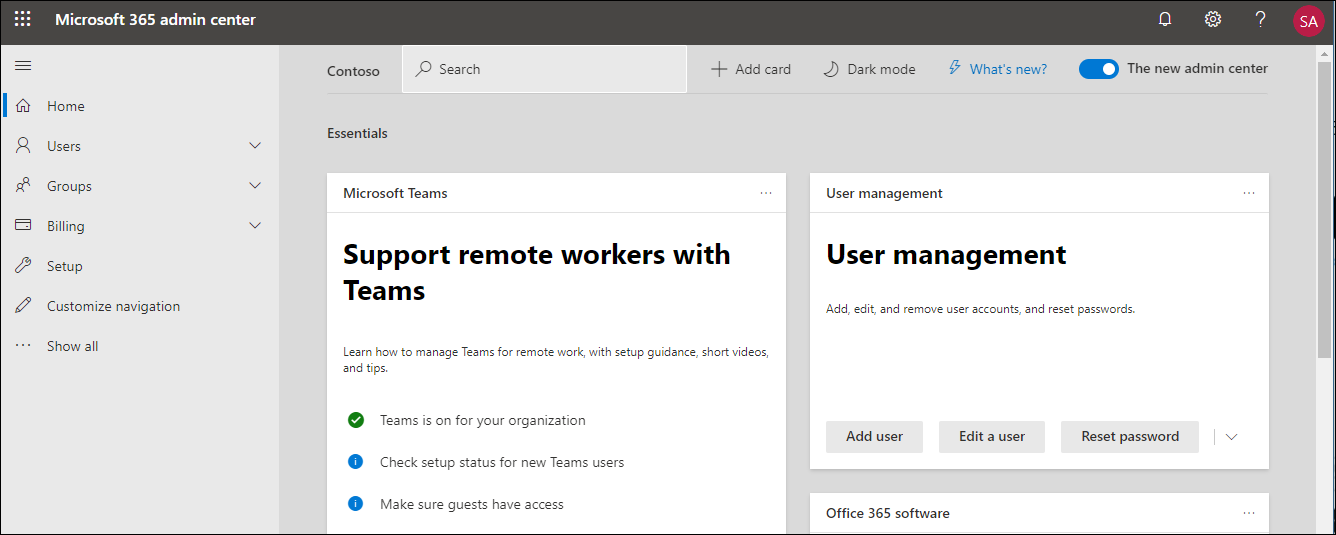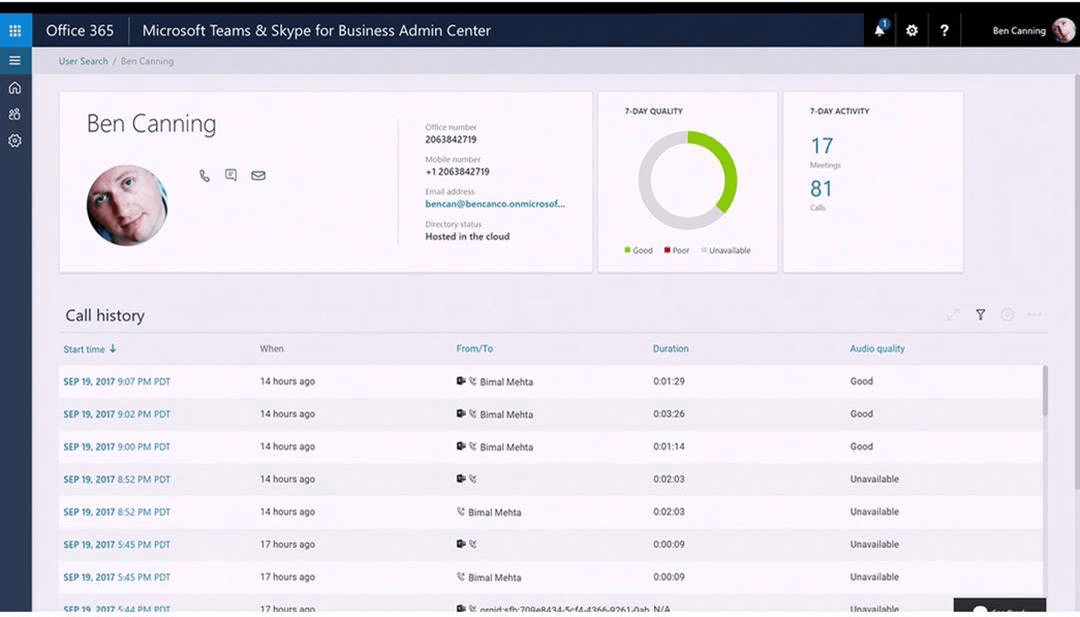
Scroll down until you see Files and toggle off the different file storage options and then select Save. Done! Simple enough, as the administrator you can turn on/off file sharing and cloud file storage options all within the Teams admin center! You can do this by navigating to the Org-wide settings > Teams settings. Going forward upper management has indicated that your end-users will be strictly using OneDrive for Business and SharePoint Online for their cloud file storage. Now let’s say that your manager has reached out to you regarding users storing their files in Dropbox and Google Drive and you’ve received the order to disable all third-party storage options for your end-users.
#Microsoft teams admin center how to
Discover how to empower innovation from non-traditional developers with the Microsoft Power Platform. Unleash the Potential of Power Platform With a Center of Excellenceīusiness innovation often comes from within. Once they’ve been added you can designate them as an owner if you’d like.

What if the user we wanted to add as an owner of the team isn’t part of that team yet? No need to worry, we’d just select the ‘ + Add‘ option to add new members to the team. As soon as you make the change, it will save the setting automatically. Locate a user that you want to make the owner and select the drop-down and change that user to an owner. In that team, you should see a Role column stating whether the user is an owner or a member. We can make this change within the Teams Admin Center within Teams > Manage teams. Just find the team you want to manage and select it.
#Microsoft teams admin center series
Using PowerShell, dynamic groups, and Microsoft Graph to streamline administrationīy the end of this blog series you’ll feel ready to tackle anything your end-users throw at you (well maybe not EVERYTHING…but this is a good start)! So without further ado, let’s get to your first day of being a Teams administrator! Configuring Teams Settings and Policies.


With the substantial uptick in Microsoft Teams activity over the past few months, some organizations have had to adjust for this growing demand by hiring/reallocating an administrator to handle the Teams workload.


 0 kommentar(er)
0 kommentar(er)
